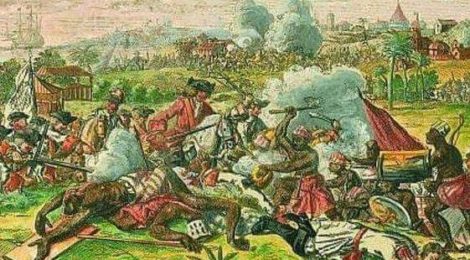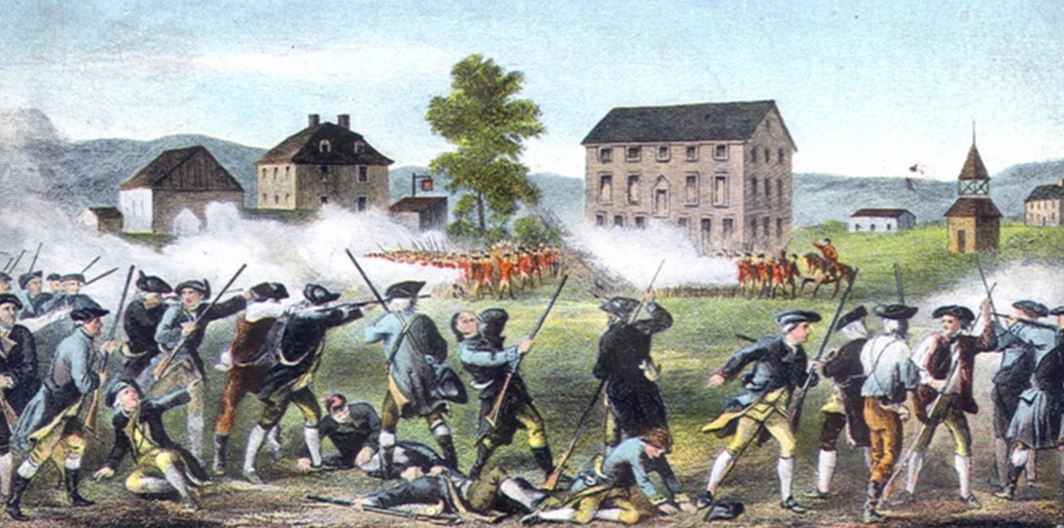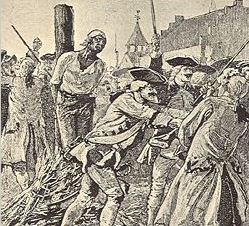
Violence in American History With an Eye Toward Today’s America
Violence in American History With an Eye Toward Today’s America
American history is proving to be a very relevant topic of intense debate in the United States today. Various political factions are actually fighting over the historical narrative of American history. These arguments range from the importance and meaning behind Confederate statues and military bases named for Confederate soldiers, or the meaning behind the Confederate Battle Flag, to why the South seceded in the first place.
While the Black Lives Matter movement has seized the attention of the nation and of the world, other marginalized groups are speaking up. Native Americans increasingly call into question the meaning behind Columbus Day and, to a degree, Thanksgiving Day. Ongoing protests over an oil pipeline through Native land near Standing Rock in North Dakota.
While it is easy to believe that American history began on July 4, 1776, the reality is that over 170 years of history preceded that vital date, if we only count from the planting of English settlements in America. If we aspire to be more accurate, then American history goes back thousands of years, as North America was already inhabited prior to the arrival of Europeans (whether the Vikings around 1000 AD, or Columbus in 1492-and remember, Columbus never actually set foot in the continental United States).
When Americans look back at their history, we tend to forget, or overlook, the fact that much of our history is intensely violent, and often against our own people and the ancestors of people who have been U.S. citizens for many generations. For instance, the long history of White American and Native American warfare did not just spring up when the U.S. gained independence. A good look at the fuller spectrum of American military history reveals an almost continuous state of warfare and violence that pitted the English/American Colonists against a wide variety of Native peoples as you look at this timeline of wars in Colonial America. And, to be fair, part of the naivete of how Americans look at their past often paints Native American history as an utopian ideal where everyone lived in an ecologically balanced paradise. Just looking at that timeline of wars, shows that in all of the wars between the various European colonists and powers (English, French, Dutch, Swedish, and Spanish), Native tribes took sides, in large part because their traditional enemies among other Native tribes were on the opposing side. Inter-Native warfare was deadlier after the arrival of the Europeans, in part due to the advanced weaponry that was now available for the Native forces, from metal arrowheads to firearms.
If we are looking at violence in American history, especially with an eye towards the recent debates around the Confederacy, we need to be reminded, constantly, it seems, that American slavery was at its heart, a racist institution that denied liberty to millions. Many of the Colonial-era wars between colonists and Native Americans, also involved enslaved Blacks, especially in the more southern colonies. The universal presence of colonial (and later state) militias throughout the English settlements spoke to the constant warfare and threat of warfare with Native Americans, but also as a security force to respond to real or perceived slave rebellions. These militias, which most Americans remember primarily from their school lessons on the Battles of Lexington and Concord, where local militiamen battled the British Redcoats, arose out of English military tradition and the practical need for a local military force to battle Indians and potential slave uprisings.
The point to this is that violence, local armed and organized violence is deeply ingrained in American history and culture. Americans have expressed shock at recent civil disturbances in the streets related to BLM protests, but a deeper look at American history shows an intensely violent history of early America, especially in regards to the institutional violence of slavery and the constant wars on the frontier between White settlers and Native tribes.


